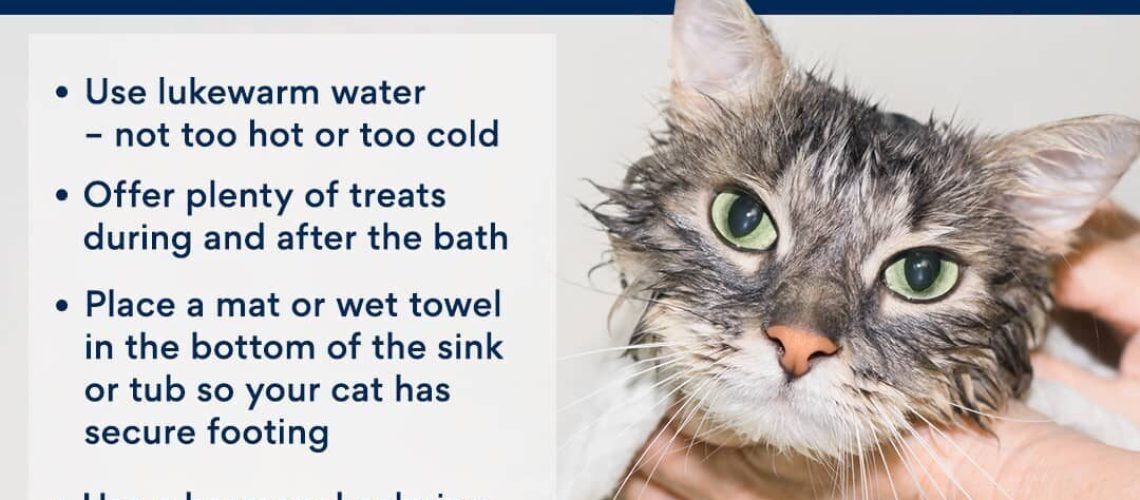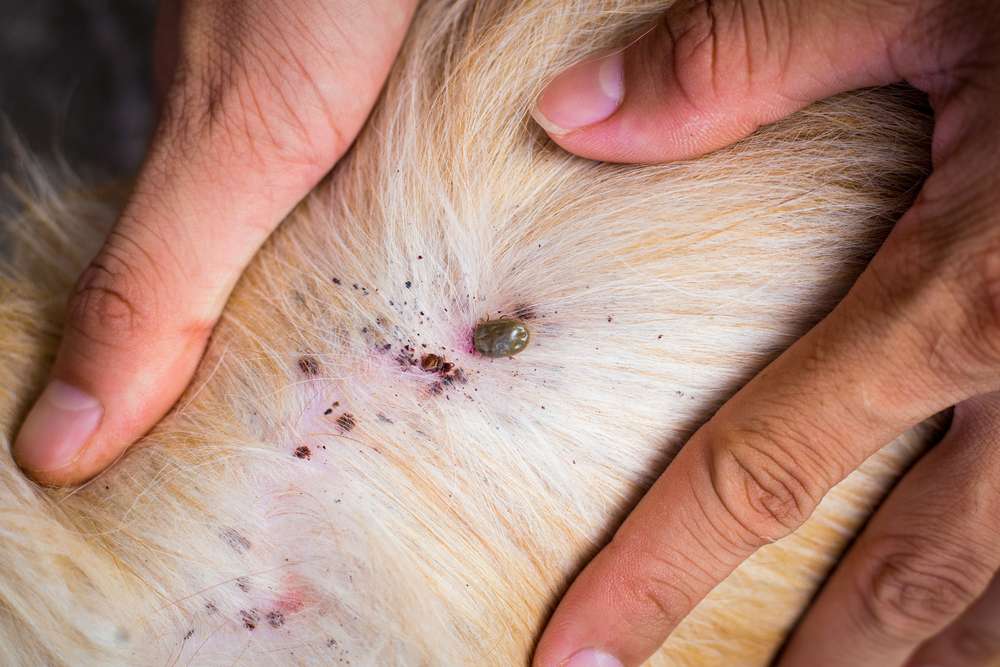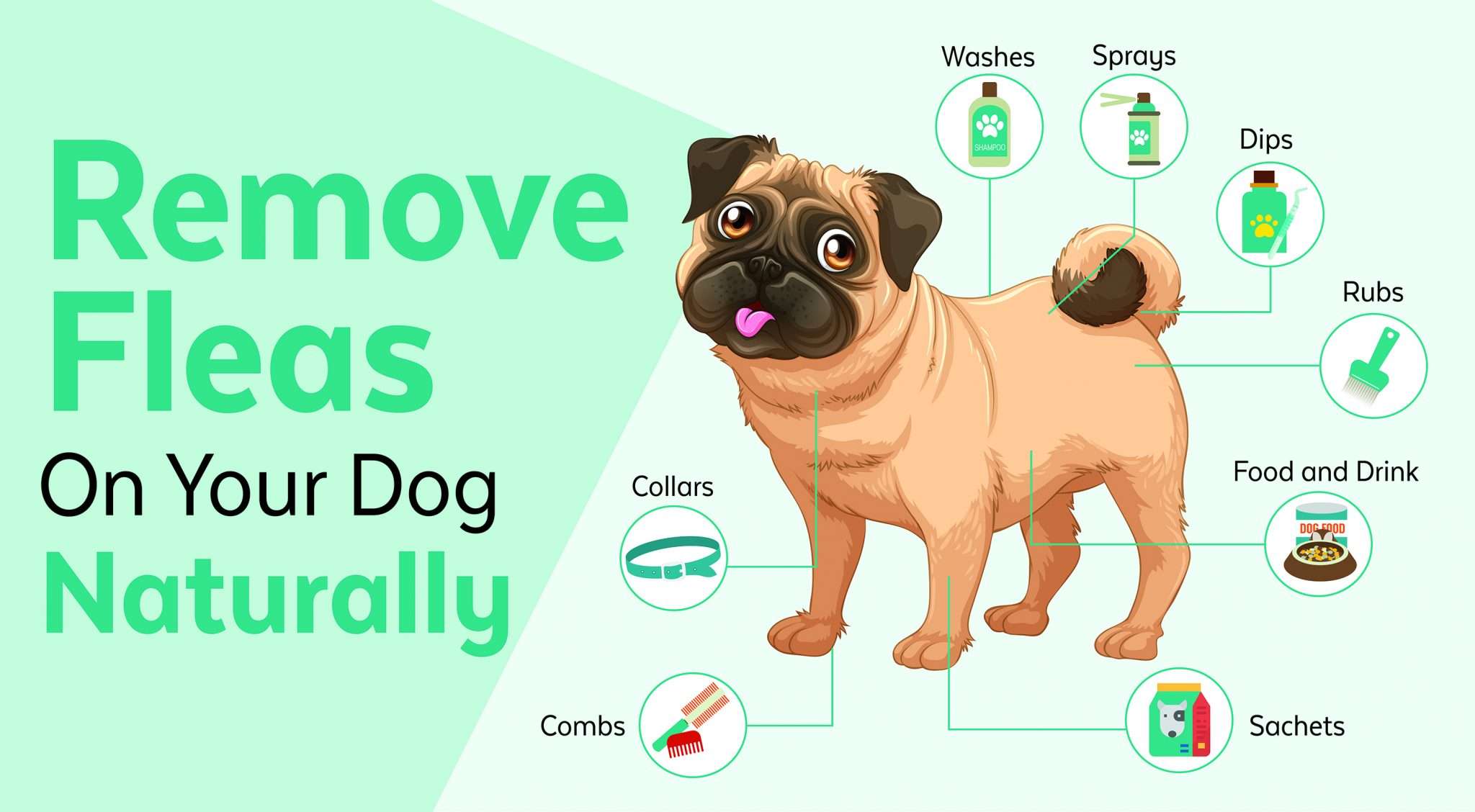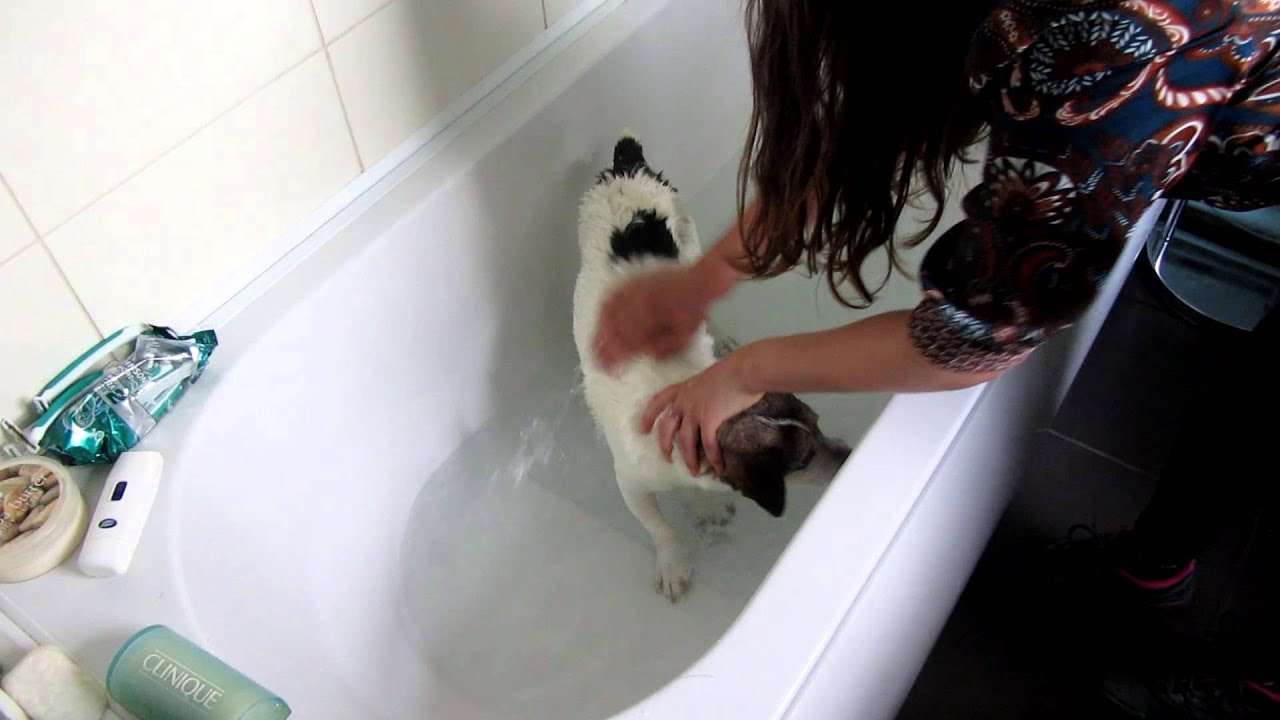Are you a proud new kitten owner? Congratulations! Kittens are adorable, playful, and bring so much joy to our lives. But let's face it, they can also get themselves into some messy situations. That's where knowing how to give your kitten a bath becomes essential. Not only will this skill keep your furry friend clean and healthy, but it will also strengthen the bond between the two of you.
Did you know that regular bathing can reduce the risk of fleas and skin infections in kittens by 50%? By delving into this topic, you'll gain valuable knowledge on how to make bath time a stress-free experience for both you and your kitten. Get ready to become an expert in feline hygiene because nothing beats snuggling up with a fresh-smelling, fluffy ball of fur at the end of the day. So grab your towel and let's dive right in!
Key Takeaways:
- Start bathing your kitten early to help them get used to the experience.
- Use a gentle, cat-specific shampoo to avoid irritating your kitten's skin.
- Make sure the water temperature is lukewarm and not too hot or cold for your kitten.
- Keep the bath time short and positive, rewarding your kitten with treats and praise afterwards.
- Dry your kitten thoroughly after the bath to prevent them from getting chilled or catching a cold.
Why is it important to bathe your kitten?
Bathing your kitten is an essential part of their grooming routine. It helps keep their fur clean and free from dirt, oils, and parasites. Regular baths also help prevent matting, which can be uncomfortable for your kitten. Bathing also allows you to check for any skin issues or abnormalities that may require veterinary attention.
Additionally, bathing your kitten from a young age helps them become accustomed to the process, making future baths easier and less stressful for both of you. It's important to note that kittens generally do a good job of grooming themselves, but there are times when they may need a little extra help with a bath.
Benefits of bathing your kitten:
Tips:
- Start bathing your kitten at a young age so they get used to it
- Use gentle cat-specific shampoo to avoid irritating their skin
- Reward your kitten with treats or praise after each bath to create positive associations
Supplies needed for bathing a kitten
Before giving your kitten a bath, gather all the necessary supplies. This will ensure that you have everything within reach and can focus on keeping your kitten safe and comfortable during the process.
List of supplies:
- Kitten-safe shampoo: Look for a gentle shampoo specifically formulated for cats or kittens. Avoid using human shampoos as they can be too harsh for their sensitive skin.
- Warm water: Fill the bathtub or sink with warm water that is comfortable to touch. Test the temperature with your wrist to ensure it's not too hot or cold.
- Towels: Have a few soft towels ready to dry your kitten after the bath. It's a good idea to have extras in case your kitten gets wetter than expected.
- Non-slip mat or towel: Place a non-slip mat or towel at the bottom of the tub or sink to prevent your kitten from slipping and getting scared during the bath.
- Grooming brush: Have a grooming brush on hand to remove any tangles or mats before bathing your kitten.
Tips:
- Keep all supplies within reach before starting the bath
- Choose a quiet, calm area for bathing to minimize stress for your kitten
- Have treats or toys nearby as rewards and distractions during the bath
Preparing your kitten for a bath
Before you begin bathing your kitten, it's important to prepare them mentally and physically. This will help make the experience more pleasant for both of you.
Mental preparation:
Kittens can be easily startled, so it's crucial to create a calm and safe environment before starting the bath. Find a quiet room where you can close doors and windows to minimize distractions. Play soothing music or use white noise to create a relaxing atmosphere. If your kitten is anxious, consider using calming pheromone sprays specifically designed for cats.
Physical preparation:
Gently brush your kitten's fur before their bath to remove any tangles or mats. This will make the bathing process smoother and prevent further matting. Trim your kitten's nails if necessary, as they may scratch you or themselves during the bath. It's also a good idea to place cotton balls in their ears to prevent water from entering.
Tips:
- Choose a time when your kitten is calm and not hungry or sleepy
- Keep the room warm to avoid chilling your kitten during the bath
- Speak softly and reassure your kitten throughout the preparation process
The best way to fill the bathtub or sink for a kitten's bath
Using warm water
To ensure your kitten has a comfortable bathing experience, it is important to fill the bathtub or sink with warm water. Fill the basin with about 2-3 inches of warm water, making sure it is not too hot or cold. Test the water temperature with your hand or a thermometer to ensure it is just right for your little furry friend.
Avoiding excessive noise and distractions
Creating a calm and peaceful environment is crucial when filling the bathtub or sink for your kitten's bath. Try to minimize any loud noises or distractions that may startle or stress out your kitten. Turn off any noisy appliances, such as TVs or radios, and close windows to reduce outside noise. This will help create a soothing atmosphere that will make bath time more enjoyable for your kitten.
Tip:
If you have a particularly skittish kitten who gets easily frightened by running water, consider using a pitcher or cup to pour warm water over them instead of filling up the entire basin. This can help reduce their anxiety during bath time.
How to hold and handle your kitten during a bath
Gently supporting their body
When holding your kitten during a bath, it is important to provide proper support for their body. Use one hand to support their chest and front legs while using the other hand to support their hindquarters. This will help prevent them from slipping out of your grasp and ensure they feel secure throughout the bathing process.
Maintaining a firm grip without squeezing
While it is essential to have a secure hold on your kitten, be careful not to squeeze them too tightly as this can cause discomfort or injury. Maintain a gentle but firm grip on their body, ensuring they feel safe in your hands. This will help them relax and trust you during their bath.
Tip:
If your kitten becomes anxious or tries to escape from your grasp, try using a non-slip mat or towel at the bottom of the sink or bathtub. This will provide them with better traction and make them feel more secure.
Gentle shampoo for your kitten and how to apply it
Choosing a kitten-specific shampoo
When selecting a shampoo for your kitten's bath, it is crucial to choose one that is specifically formulated for kittens. Regular shampoos may contain harsh chemicals that can irritate their sensitive skin. Look for gentle, hypoallergenic shampoos that are designed to be mild and safe for kittens.
Applying the shampoo with care
To apply the shampoo, wet your kitten's fur thoroughly with warm water. Take a small amount of the kitten-specific shampoo and lather it gently into their fur, starting from their neck and working your way down towards their tail. Be careful to avoid getting any shampoo in their eyes, ears, or mouth. Massage the shampoo into their coat using gentle circular motions to ensure thorough cleansing.
Tips:
- If your kitten has particularly dirty areas, such as around the paws or rear end, you can use a soft cloth or sponge to clean those specific areas.
- Rinse off all the shampoo completely after lathering to prevent any residue from irritating your kitten's skin.
Drying and comforting your kitten after their bath
Using a soft towel
After bathing your kitten, gently lift them out of the sink or bathtub and place them on a soft towel. Use another towel to carefully pat them dry, starting from their head and working down towards their tail. Be gentle and avoid rubbing vigorously, as this can cause discomfort or tangling of their fur.
Providing warmth and comfort
Once your kitten is dry, it is important to provide them with warmth and comfort. You can use a warm blanket or a heating pad set on low to create a cozy spot for them to relax. Make sure the area is draft-free and away from any potential hazards. Spend some time comforting your kitten by gently petting them or offering treats to reinforce positive associations with bath time.
Tips:
- If your kitten has long hair, you may need to use a comb or brush to gently remove any tangles or knots after they are dry.
- Ensure that your kitten's ears are completely dry after the bath, as moisture in their ears can lead to ear infections. Use a soft cloth or cotton ball to gently dry the outer part of their ears if needed.
By following these steps, you can ensure that bathing your kitten becomes an enjoyable experience for both of you while keeping them clean and healthy.
In conclusion, giving your kitten a bath can be a gentle and positive experience if you follow the right steps. Remember to use warm water, gentle shampoo, and take it slow to ensure your kitten feels safe and comfortable throughout the process.
Do indoor kittens need baths?
While most indoor cats do not require regular baths, if you do choose to bathe your cat, it is advised to do so only a few times per year. It is important to consider your cat's temperament and behavior when deciding whether or not to bathe them.
Should I dry my kitten after a bath?
The crucial step in bathing your cat is making sure they are thoroughly dried afterwards. Use a big towel to dry them off as quickly as you can, and then keep them in a warm room until they are completely dry. If your cat allows it, you can also use a hairdryer on the lowest heat setting to speed up the drying process.
Can you use Dawn on kittens?
"These young pets are typically not old enough to use flea preventatives as directed by the manufacturer." If you do choose to use Dawn soap on young kittens or puppies, she suggests using a small amount and diluting it with water. "Afterward, I would recommend using a flea comb to eliminate any remaining dead or dying fleas," she advises. (Date: May 10, 2023)
Can I bathe my cat with Dawn?
It is ironic that the same quality that makes Dawn and other dishwashing soaps effective in cleaning wildlife affected by oil spills and removing odors from pets when they are sprayed by skunks is their ability to remove grease and oil. However, this is what makes dish soaps unsuitable for regular bathing of dogs and cats.
How do I know if my kitten needs a bath?
If your kitten is incapable of fully grooming themselves or has a long fur coat, it might be necessary to give them a bath. Additionally, if your kitten ventures outdoors and returns covered in dirt or unpleasant odors, bathing them may be necessary.
How do you give a cat a bath without dying?
When bathing your cat, make sure to only use a small amount of water and keep the temperature mild. Before bringing your cat into the bathroom, fill the tub and some additional buckets of water to avoid frightening them with the sound of running water. It is important to use a cat-specific shampoo, as anything else could potentially harm or be toxic to your cat.

















